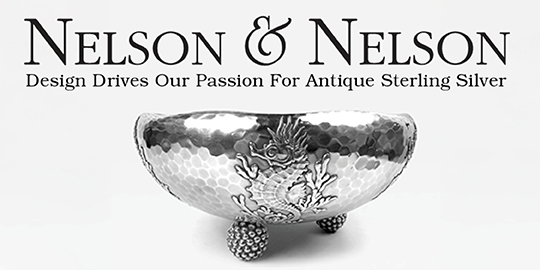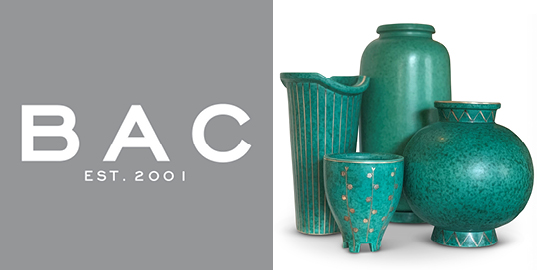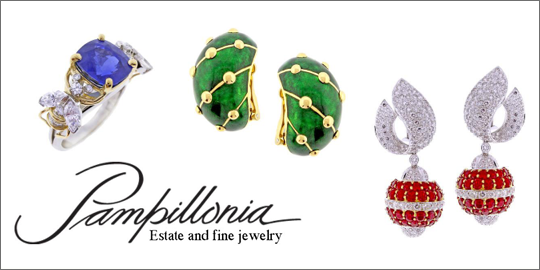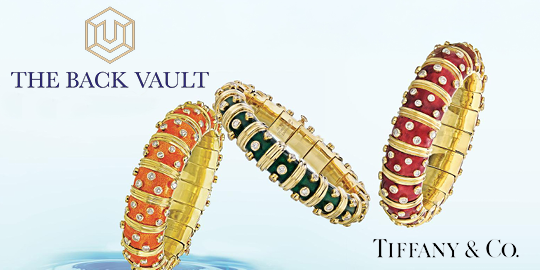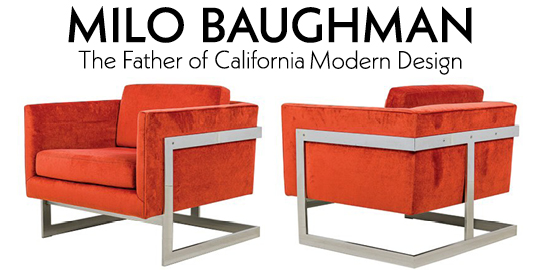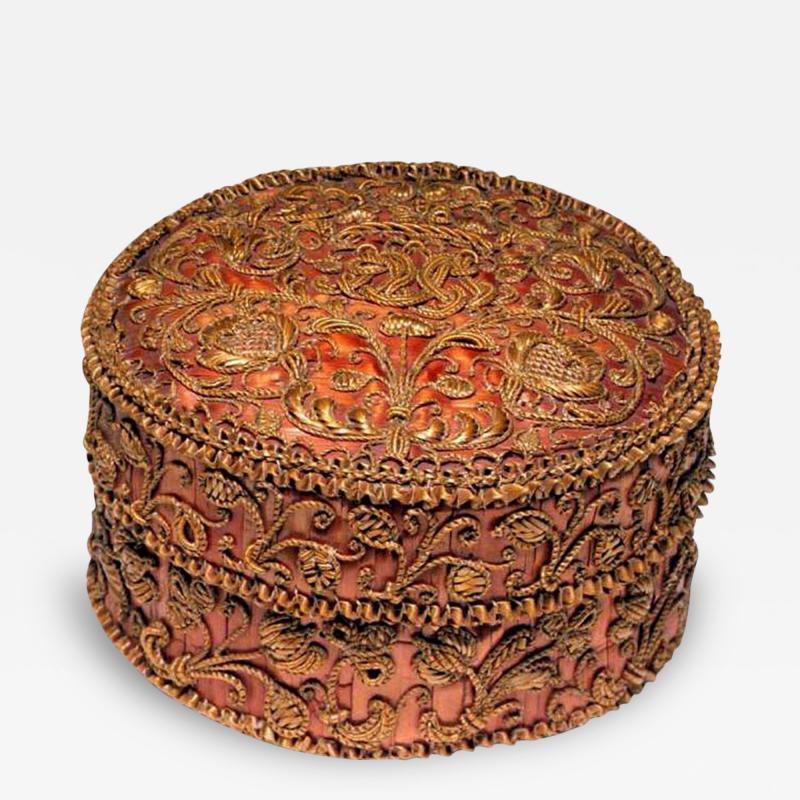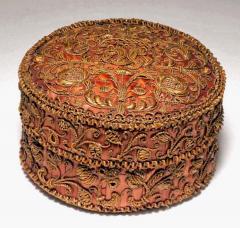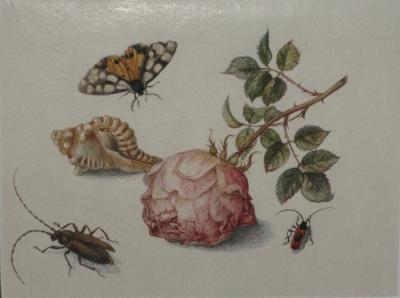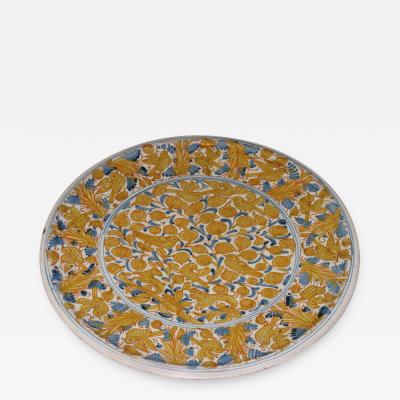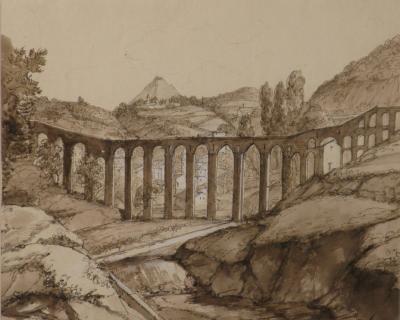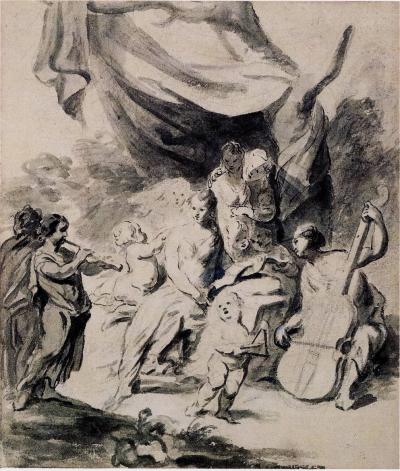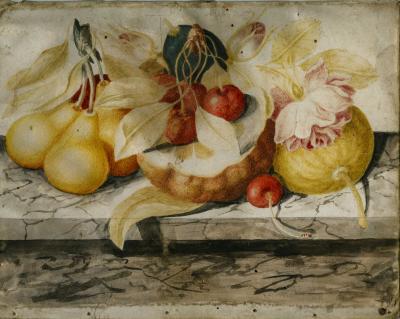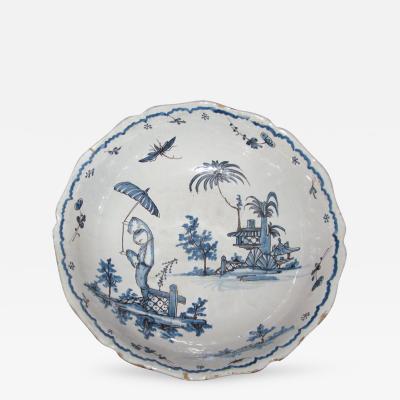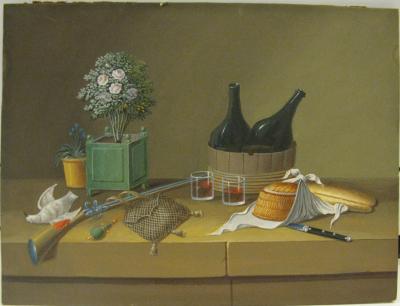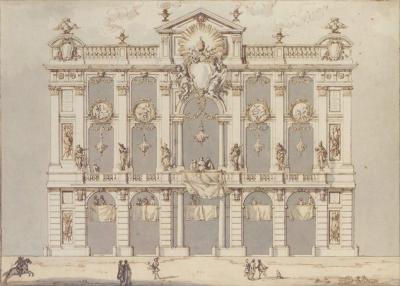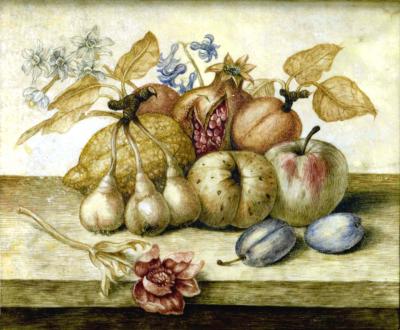- FINE ART
-
FURNITURE + LIGHTING
Shop By Category
Shop By Artist
- NEW + CUSTOM
- DECORATIVE ARTS
-
JEWELRY
Shop By Category
Shop By Artist
- INTERIORS
- MAGAZINE
Offered by:
L' Antiquaire & The Connoisseur, Inc.
36 East 73rd Street
New York City, NY 10021 , United States
Call Seller
212.517.9176
Showrooms
Straw on a Wooden Core (marqueterie de paille) Powder Box (boîte à poudre ronde)
$ 14,000
-
Tear Sheet Print
- BoardAdd to Board
-
-
Description
Though straw seems an unlikely candidate with which to make luxury items, it has a long history of use in finely crafted objects collectively known as marquetrie de paille. Originally, straw was appealing as an inexpensive and versatile commodity used widely by the peasant class for practical purposes. It was then appropriated by the Franciscan and Capuchin orders in Italy as a humble material to make religious objects. The vogue for fine marquetrie de paille objects reached its height in seventeenth and eighteenth century France, where the technique was coveted by the aristocrats and was used to make secular, decorative objects, particularly after the Louis XIV sumptuary laws which prohibited the production of expensive objects due to the need for money to pay the troops during France’s constant wars.
The use of straw in an artistic sense began in Italy. The most suitable areas for growing straw were the banks of the Arno River, near Signa and Fuceccio, Val di Pesa, and Orme. Straw to be used for artistic projects was chosen a few weeks before being completely mature, and placed in water. The shafts were opened to flatten them; then were beaten with wood mallets, laid out and ironed. Straw was dried in the sun, and then massed together for six days, which was said to create a greater luminosity. The prepared straw sections were glued onto paper with a mastic of animal glue and gum arabic, then on wood. In many cases pear wood was used, which is strong, fine, and light in color. When glued in this manner, objects defied cracking, and were highly resistant to changes in climate. The straw used to create such objects could be wheat, rye, barley or oats, or a combination of these, and were left with their natural hue, dyed, or singed to create patterns and variety in color. - More Information
-
Dimensions
H. 2.25 in; Diam. 4.25 in; H. 5.72 cm; Diam. 10.8 cm;
Message from Seller:
L' Antiquaire & The Connoisseur, Inc. specializes in European works of art, antiques, and paintings, with a rich history dating back to 1935. For more information, contact us at 212.517.9176 or info@lantiquaire.us.
Sign In To View Price
close
You must Sign In to your account to view the price. If you don’t have an account, please Create an Account below.
More Listings from L' Antiquaire & The Connoisseur, Inc. View all 183 listings
No Listings to show.
- Flowers in a Sculptural Metallic Footed Cup
- Still Life with Rose, Insects, Butterfly and Conch Shell
- A Majolica Alzata (Charger with Stand) with Animal and Vegetal Motifs
- Landscape with Temple
- A Little Boy with Bonnet
- Aqueduct of La Cava de'Tirreni in Campania
- Allegory of Music
- Still Life with Fruit and Flowers
- An Architectural Fantasy with Arches
- Study for a Ceiling Fresco
- Blue and White Bowl with Chinoiserie Landscape
- Pair Gouache Still Life Paintings
- Design for a Temporary Façade, possibly for the Festa della Chinea of 1766
- Still Life with Fruit and Carnation and Hyacinths atop a Ledge







